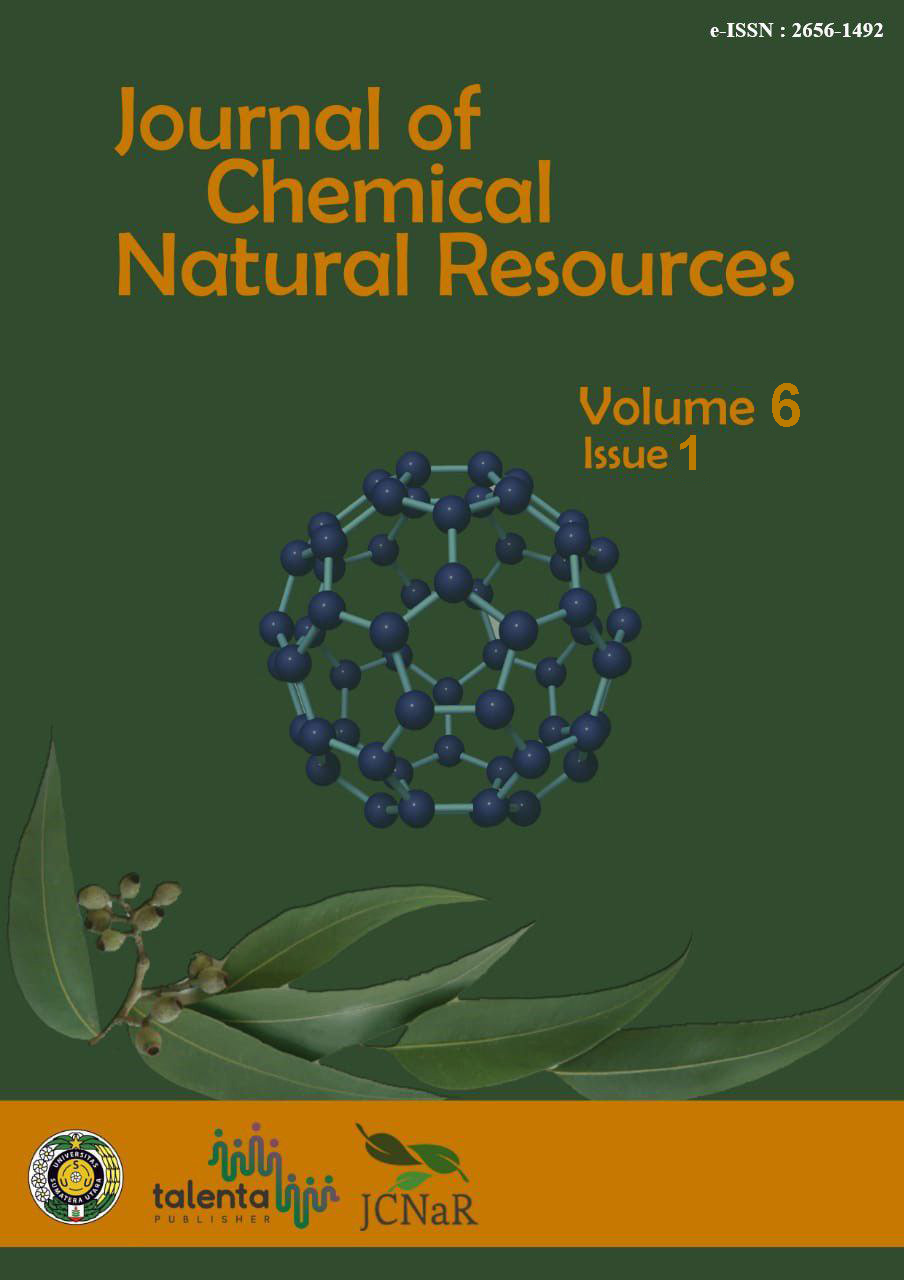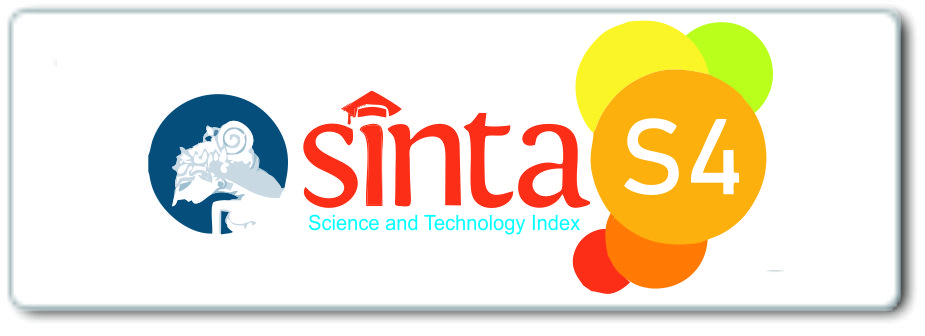Reduction of Metal Density of Iron (Fe) and Natrium Minerals (Na) in Boring Water Using Rubber Fruit Sheets Active Archoic
DOI:
https://doi.org/10.32734/jcnar.v6i1.16221Keywords:
Activated Carbon, Adsorption, Rubber Shell, SSA, XRD.Abstract
Activated carbon is a highly popular adsorbent for the absorption of metal ions. Lignocellulosic materials can be used to produce activated carbon, which is both renewable and abundant, as well as being cost-effective. The objective of this research is to investigate the reduction of iron (Fe) and sodium (Na) levels in the artesian well by utilizing activated carbon made from rubber shells. The materials utilized include rubber shells, a solution containing 10% H3PO4 (phosphoric acid), water from an artesian well, and distilled water (aquadest). The carbonization process was conducted at 300º C for 1 h, using an adsorbent size of 120 mesh. In addition, chemical activation was performed using a 10% H3PO4 solution for 24 h, followed by physical activation through heating in a furnace at a temperature of 500ºC for 1 hour. The acquired activated carbon is utilized for the absorption of Fe and Na. The activated carbon was characterized using X-ray diffraction (XRD), and the concentration of Fe and Na minerals was determined using an Atomic Adsorption Spectrophotometer (AAS). The results indicated a reduction of 97.9% in the concentration of iron (Fe) and a decrease of 90.01% in sodium (Na) levels.
Downloads
References
U. N. Mahida, Pencemaran Air dan Pemanfaaatan Limbah Industri. Yogyakarta: UGM-Press., 1986.
M. Manurung, O. Ivansyah, and Nurhasanah, “Analisis Kualitas Air Sumur Bor di Pontianak Setelah Proses Penjernihan Dengan Metode Aerasi, Sedimentasi dan Filtrasi,†Prism. Fis., vol. V, no. 1, pp. 45–50, 2017.
N. Setiawan, “Pengaruh Penggunaan Saccaromycess cerevisiae (Osmotoleran dan Etanol Toleran) Terhadap Karakteristik Kimia, Sensori dan Studi Kelayakan Usaha Wine Wortel,†Universitas Katolik Soegijapranata, 2013.
A. Parulian, “Monitoring dan Analisis Kadar Aluminium (Al) dan Besi (Fe) pada Pengolahan Air Minum PDAM Tirtanadi Sunggal, Medan,†Universitas Sumatera Utara, 2009.
H. S. Siagian, R. P. J. Gultom, and R. Angraeni, Modifikasi Alang-alang Sebagai Filler Adsorben Logam Berat. Yogyakarta: CV BUDI UTAMA., 2019.
B. Chand, Roop, and G. Meenakshi, Activated Carbon Adsorption. New York: Lewis, 2005.
M. E. Farouk, Removal of Organic Compounds from Water by Adsorption and Photocatalytic Oxidation. Universite de Toulouse, 2011.
J. D. Jaya, D. Sandri, and A. Setiawan, “Pembuatan Asap Cair Dari Cangkang Biji Karet Dan Aplikasinya Sebagai Koagulan Lateks,†J. Teknol. Agro-Industri, vol. 6, no. 2, pp. 100–107, 2019, doi: 10.34128/jtai.v6i2.100.
M. Norshafizan, “Preparation and Characterization of Activated Carbon from Rubber Seed Shell via Chemical Activation Using Phosphoric Acid,†University Teknologi Petrona, 2013.
S. Arofah, M. Naswur, and Yasdi, “Pembuatan Karbon Aktif dari Cangkang Buah Karet dengan aktivator H3PO4 untuk Adsorpsi Logam Besi (III) dalam Larutan,†J. Eng., vol. 1, no. 4, pp. 38–51, 2017.
A. Paletto, C. Geitner, G. Grilli, R. Hastik, F. Pastorella, and L. R. Garcìa, “Mapping the value of ecosystem services: A case study from the Austrian Alps,†Ann. For. Res., vol. 58, no. 1, pp. 157–175, 2015, doi: 10.15287/afr.2015.335.
R. K. Liew et al., “Microwave pyrolysis with KOH/NaOH mixture activation: A new approach to produce micro-mesoporous activated carbon for textile dye adsorption,†Bioresour. Technol., vol. 266, no. April, pp. 1–10, 2018, doi: 10.1016/j.biortech.2018.06.051.
R. C. Bansal and M. Goyal, Activated Carbon Adsorption. New York: CRC Press, 2005.

Downloads
Published
Issue
Section
License
Copyright (c) 2024 Journal of Chemical Natural Resources

This work is licensed under a Creative Commons Attribution-ShareAlike 4.0 International License.














